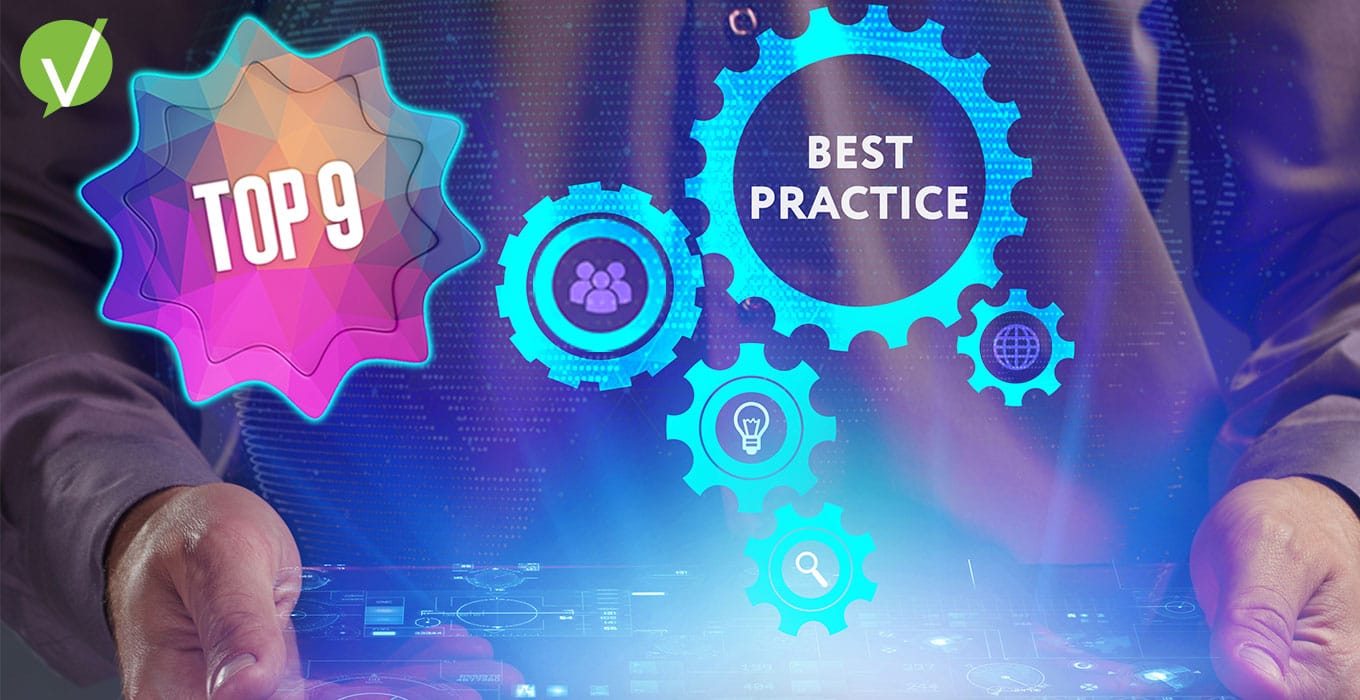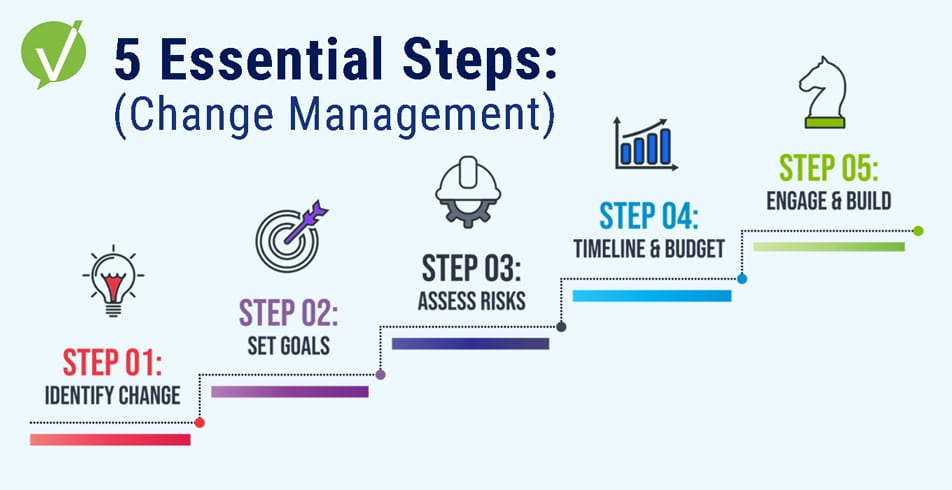Top 9 B2B Help Desk Best Practices
An effective B2B help desk is an excellent start to building a quality customer experience. For internal and client issues, help desks provide a streamlined way to submit support tickets, get assistance, and provide valuable information to the business. This is only the case, though, if it is done right.
To ensure that it is effective, implement help desk best practices with proven results. To better prepare business owners to improve or develop their support infrastructure, we are going to cover the top B2B help desk best practices within the following categories:
- Improve staff training
- Establish a knowledge base
- Implement a comprehensive software solution
Let’s dive into each category and the help desk best practices that fall under them.
Improve Staff Training
The quality of training that support associates receive directly impacts the service they can provide to users. As a result, making specific improvements in the training regime for staff is one of the first steps in creating a higher-quality support experience.
We recommend the following B2B help desk best practices regarding staff training:
- Provide frequent training for both new and experienced staff
- Utilize 1:1 review meetings monthly
- Include roleplay in helpdesk training
- Create comprehensive source material for staff to reference
Provide Frequent Training for New and Experienced Staff
It isn’t enough to simply put employees through training when they get hired and hope that experience takes them the rest of the way. Frequent training is necessary to keep up with the evolving technical and social needs of clients and staff. This means that employees should be trained in a small or large group setting at least once a month to ensure they are up-to-date on any new tools, tips, or techniques the business would like to improve service.
Utilize 1:1 Review Meetings Monthly
In addition to monthly (or more frequent) training, supervisors should also meet one-on-one with their support staff monthly. These meetings should cover a review of the associate’s KPI performance and dive into some customer reviews or surveys they have received.
This doesn’t mean just reprimanding them when they do poorly. It means taking the time to get the staff member’s outlook on their performance, what they can improve on, and why they think their clients leave the feedback they do. Correction can occur within these meetings, but they should also serve as a two-way conversation that makes associates feel heard and supported.
Include Roleplay in Helpdesk Training
Roleplay is a vital aspect of any client-facing staff training. Associates should be put through roleplay scenarios on every platform that they may use to communicate with clients or internal users, including email, instant messaging software, text, phone, and in-person (when applicable).
Create Comprehensive Source Material for Staff to Reference
While training is essential to maintaining a functional staff, associates can also benefit from written source material they can access at their convenience. This allows them to refresh their memory, print out information that comes up often, or assist each other with questions or concerns they may have without having to pull aside a supervisor.
Establish a Knowledge Base
Knowledge bases allow clients and internal users to solve their own issues and answer their own questions quickly and conveniently. Similarly to the training source material, knowledge bases provide at-will education in multiple forms so that they do not need to await a help desk response to discover a resolution for their issue.
We recommend the following B2B help desk best practices for developing a knowledge base:
- Provide a frequently asked questions (FAQs) page
- Develop video training on the product or service
- Create a quick start guide for all new clients and users
- Host forums for users to communicate and trade information
Provide a FAQs Page
Frequently asked questions (FAQs) pages are a market standard for almost any product or service a business can sell. These should cover questions that users commonly ask and some that a business proactively predicts they may ask. This can include pricing information, basic troubleshooting, or diagnostic information.
Develop Video Training on the Product or Service
There is nothing more accessible or relatable than video training for a product. When users are able to visualize the process of using or fixing their new product or service, it develops a far more comprehensive understanding than the written word. It also provides the personal touch that speaking to a human does, which may keep them from having to submit a ticket.
Create a Quickstart Guide for New Clients and Users
Quickstart guides are a great way to minimize tickets by ensuring that hiccups are reduced near the beginning of the product’s lifecycle. Since users are new to it at this point, this represents one of the most high-volume steps in the lifecycle in regard to tickets. These can be done through video, as mentioned above, or through a pamphlet or digital literature distributed alongside the product or service.
Host Forums for Users to Communicate
Forums provide a way for users to share their experiences, troubleshooting steps, and solutions with others that have a similar issue. This creates perpetual growth within the knowledge base that becomes more and more useful the longer the forum is established.
Implement a Comprehensive Software Solution
The quickest and most comprehensive way to overhaul a support system with many B2B help desk best practices at once is to implement a quality service management software solution. ITSM and CSM software platforms offer an extensive framework, a wide variety of functionality, and complete ticketing systems and help desk portals already baked in upon deployment.
This not only saves work for businesses, but also provides many benefits, including:
- Cost savings through reducing the number of software tools needed to accomplish support objectives
- Time savings through automated logistics
- Increased service quality through self-service portals
- Holistic view of customers via comprehensive data organization
The first step is choosing the right tool, from the right partner.
Leverage B2B Help Desk Best Practices with Vivantio
While each of the benefits listed in this article works wonders for businesses, they won’t help if managers choose a platform that doesn’t offer all of the necessary features. Vivantio offers a cutting-edge customer service software platform that offers everything listed and more, including:
- Endless integrations to make implementation easy
- Automatic ticket routing to ensure every ticket gets to the proper agent
- Workflow designer tool that allows managers to customize the framework of their CS operations without any technical knowledge required
- White-label service portals so businesses can maintain a cohesive brand throughout the service process
- A holistic view of each client to ensure that no agent is left without vital information













